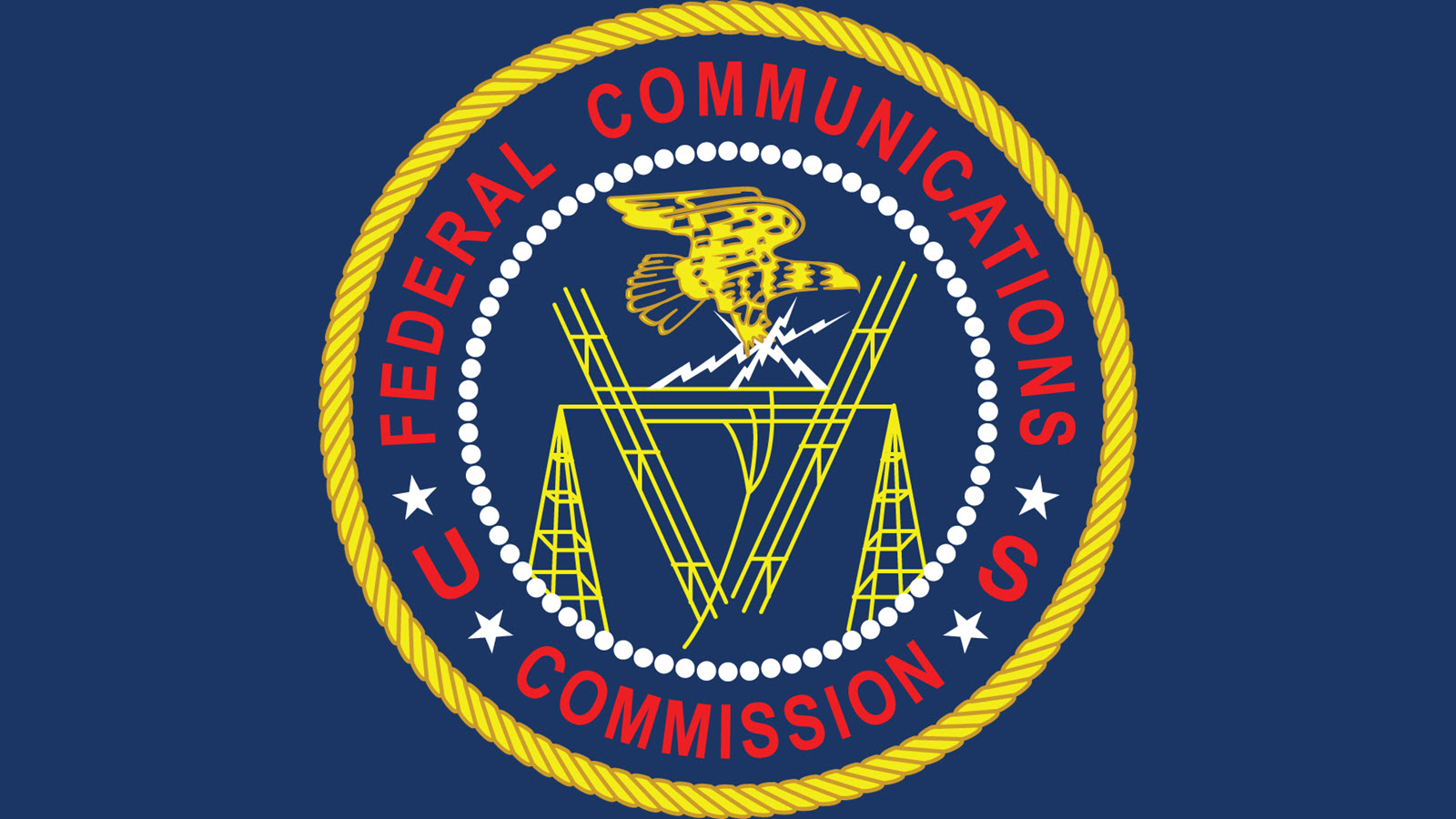FCC Releases CAF Broadband Availability Map

The FCC has released an interactive map of areas where its Connect America Fund (CAF) broadband subsidies are available and where participating carriers have already used those subsidies to build out broadband service to fixed locations.
The FCC has gotten criticism from Capitol Hill over its lack of good data on where broadband is and isn't.
CAF is the universal service fund program to migrate advanced telecom subsidies from traditional phone service to high-speed broadband in areas that are too expensive, which usually means remote, rural areas, to justify private-capital buildouts. Carriers bid on the money then roll out the service with some FCC stipulations about speed and timing.
Related: Senate to Kick Tires on NTIA Broadband Mapping Plans
The money goes to both fixed and mobile, and must be priced at rates reasonably comparable to urban areas.
Knowing where the service is already deployed helps prevent overbuilding of existing service with government money, something ISPs are keen to avoid, as is the current FCC.
The map includes data from carrier participating in four CAF programs, 1) the CAF II funding to price cap carriers for fixed locations, 2) funding for smaller companies, 3) CAF broadband loop funds for rate-or-return carriers, and 4) the rural Alaska buildout program.
The smarter way to stay on top of broadcasting and cable industry. Sign up below
Closing the rural divide, which is a priority for Congress, the White House and FCC, depends on knowing where service is needed and where it is already being provided, though at what speed and price are factors that can cause disagreements between Democrats and Republicans over where sufficient service is deployed.
Contributing editor John Eggerton has been an editor and/or writer on media regulation, legislation and policy for over four decades, including covering the FCC, FTC, Congress, the major media trade associations, and the federal courts. In addition to Multichannel News and Broadcasting + Cable, his work has appeared in Radio World, TV Technology, TV Fax, This Week in Consumer Electronics, Variety and the Encyclopedia Britannica.

